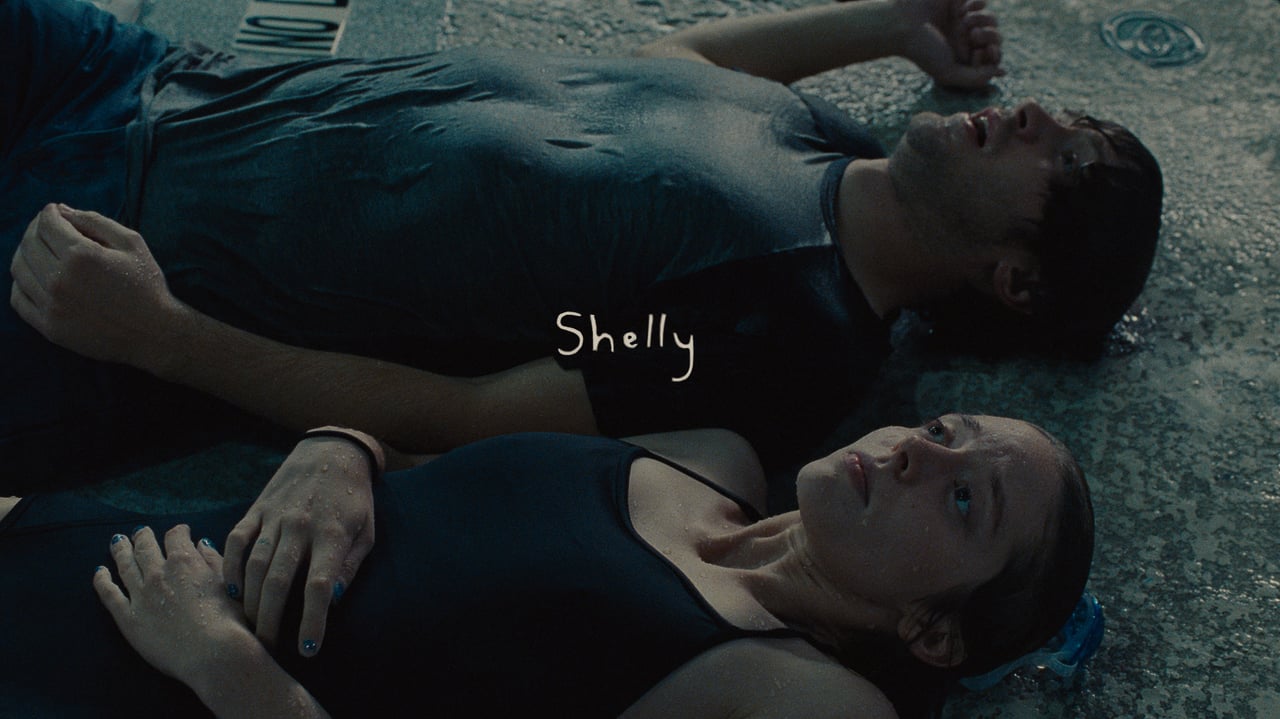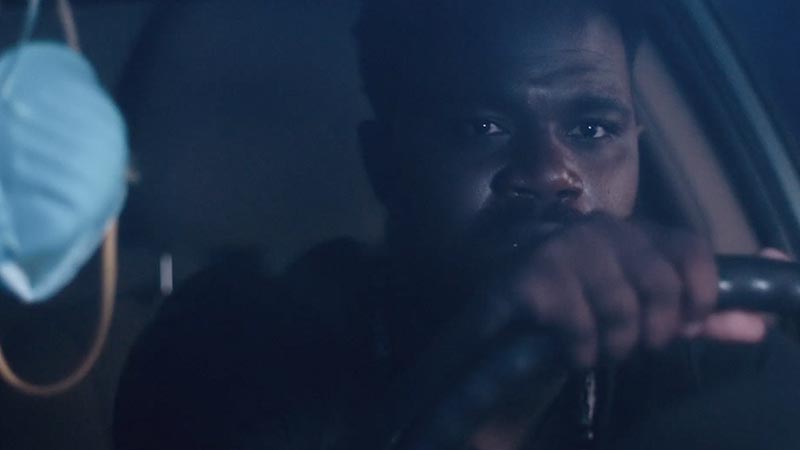A working artist, Olivia, struggles with an on-set of imposter syndrome. In a beat of transformation, Olivia confronts her failures and tumbles down the rabbit hole of her self-critical thinking as she tries to create her ‘next best thing’.
Director’s Vision
Artists are no strangers to the effects of imposter syndrome–feeling that you aren’t as good as you are perceived to be. “A Sweeter Place” offers an insight into the horror of this psychological cage that plagues many artists as well as mirrors my personal journey with it. In many ways I relate with Olivia’s struggle of wanting to fix herself through her art. Since I began my journey as an artist I’ve used my artwork as therapy to heal from past traumatic experiences. Oftentimes life imitated art and forced me to confront the issues I had been hiding from in my work. I’ve felt the effects of imposter syndrome along with the sentiment that perhaps I don’t deserve to be taking up space within the art world or deserve to be alive at all. Unlike Olivia, I’ve been able to surround myself with a good support system that reminds me that we all have a voice worth sharing. At the heart of the film is the catalyst for Olivia’s downfall: isolation & obsession.
She goes through this process alone, tries to resolve it on her own, and ends up succumbing to her imposter syndrome alone. While dramatized in the film, imposter syndrome can trigger an onset of other mental health issues that when coupled together can sometimes become life-threatening. What I hope viewers take from this film is that no village is built on its own and that while we can all experience insecurities on varying scales we should do our best to find support. “A Sweeter Place” is a reminder that overworking ourselves to create the next best thing isn’t all it’s cracked up to be.



